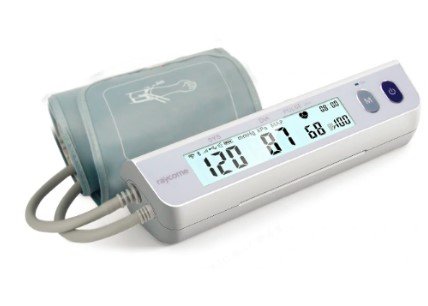Phlebotomists: Ensuring Quality Control and Accuracy in Lab Tests
Summary
- Phlebotomists play a crucial role in ensuring accurate lab Test Results by following specific standards and guidelines.
- Quality Control and quality assurance are essential in maintaining the credibility and accuracy of lab Test Results.
- Adhering to proper specimen handling, labeling, and documentation practices is vital for phlebotomists to uphold Quality Control in a medical lab setting.
Introduction
Phlebotomists are healthcare professionals responsible for drawing blood from patients for various medical tests and procedures. In a medical lab setting, phlebotomists must follow specific standards and guidelines to ensure proper Quality Control and quality assurance. By adhering to these standards, phlebotomists play a critical role in maintaining the credibility and accuracy of lab Test Results.
Standards and Guidelines
Proper Specimen Identification
One of the most critical standards that phlebotomists must follow is ensuring proper specimen identification. This includes accurately labeling all blood collection tubes with the patient's information, including their name, date of birth, and medical record number. Proper labeling helps to avoid specimen mix-ups and ensures that lab Test Results are accurately matched to the correct patient.
Specimen Handling
Phlebotomists must also follow specific guidelines for proper specimen handling to maintain the integrity of the blood sample. This includes using the correct collection tubes for different types of tests, following proper Venipuncture techniques to minimize specimen hemolysis, and ensuring that specimens are properly stored and transported to the lab in a timely manner.
Documentation
Accurate documentation is another essential aspect of Quality Control in a medical lab setting. Phlebotomists must carefully document all blood draws, including the time and date of collection, the type of test being performed, and any relevant patient information. Proper documentation helps ensure that lab Test Results are correctly interpreted and reported to Healthcare Providers.
Adherence to Regulatory Standards
Phlebotomists must also adhere to various regulatory standards set forth by organizations such as the Clinical Laboratory Improvement Amendments (CLIA) and the Occupational Safety and Health Administration (OSHA). These standards outline specific requirements for phlebotomists, including training and certification requirements, staff competency assessments, and guidelines for infection control and safety in the workplace.
Quality Assurance
Quality assurance is an ongoing process that involves monitoring and evaluating the performance of lab tests to ensure accuracy and reliability. Phlebotomists play a crucial role in quality assurance by following proper standards and guidelines for specimen collection, handling, and documentation.
Internal Quality Control
Internal Quality Control involves monitoring the accuracy and precision of lab Test Results through the use of controls and calibration procedures. Phlebotomists must follow specific protocols for running Quality Control samples alongside patient specimens to ensure that Test Results fall within acceptable ranges.
Proficiency Testing
Proficiency Testing is another essential component of quality assurance in a medical lab setting. Phlebotomists must participate in Proficiency Testing programs, where external samples are sent to the lab for analysis to assess the accuracy of Test Results. By participating in Proficiency Testing, phlebotomists can identify any areas for improvement and ensure the accuracy of lab Test Results.
Continuous Improvement
Quality assurance also involves continuous improvement efforts to enhance the quality and accuracy of lab Test Results. Phlebotomists must participate in ongoing training and education programs to stay up-to-date on the latest standards and guidelines in the field. By continuously improving their skills and knowledge, phlebotomists can contribute to maintaining the credibility and accuracy of lab Test Results.
Conclusion
Phlebotomists play a crucial role in ensuring proper Quality Control and quality assurance in a medical lab setting in the United States. By following specific standards and guidelines for specimen identification, handling, and documentation, phlebotomists help maintain the credibility and accuracy of lab Test Results. Adhering to regulatory standards and participating in quality assurance programs ensures that phlebotomists provide high-quality care to patients and contribute to the overall quality of healthcare delivery.

Disclaimer: The content provided on this blog is for informational purposes only, reflecting the personal opinions and insights of the author(s) on the topics. The information provided should not be used for diagnosing or treating a health problem or disease, and those seeking personal medical advice should consult with a licensed physician. Always seek the advice of your doctor or other qualified health provider regarding a medical condition. Never disregard professional medical advice or delay in seeking it because of something you have read on this website. If you think you may have a medical emergency, call 911 or go to the nearest emergency room immediately. No physician-patient relationship is created by this web site or its use. No contributors to this web site make any representations, express or implied, with respect to the information provided herein or to its use. While we strive to share accurate and up-to-date information, we cannot guarantee the completeness, reliability, or accuracy of the content. The blog may also include links to external websites and resources for the convenience of our readers. Please note that linking to other sites does not imply endorsement of their content, practices, or services by us. Readers should use their discretion and judgment while exploring any external links and resources mentioned on this blog.
